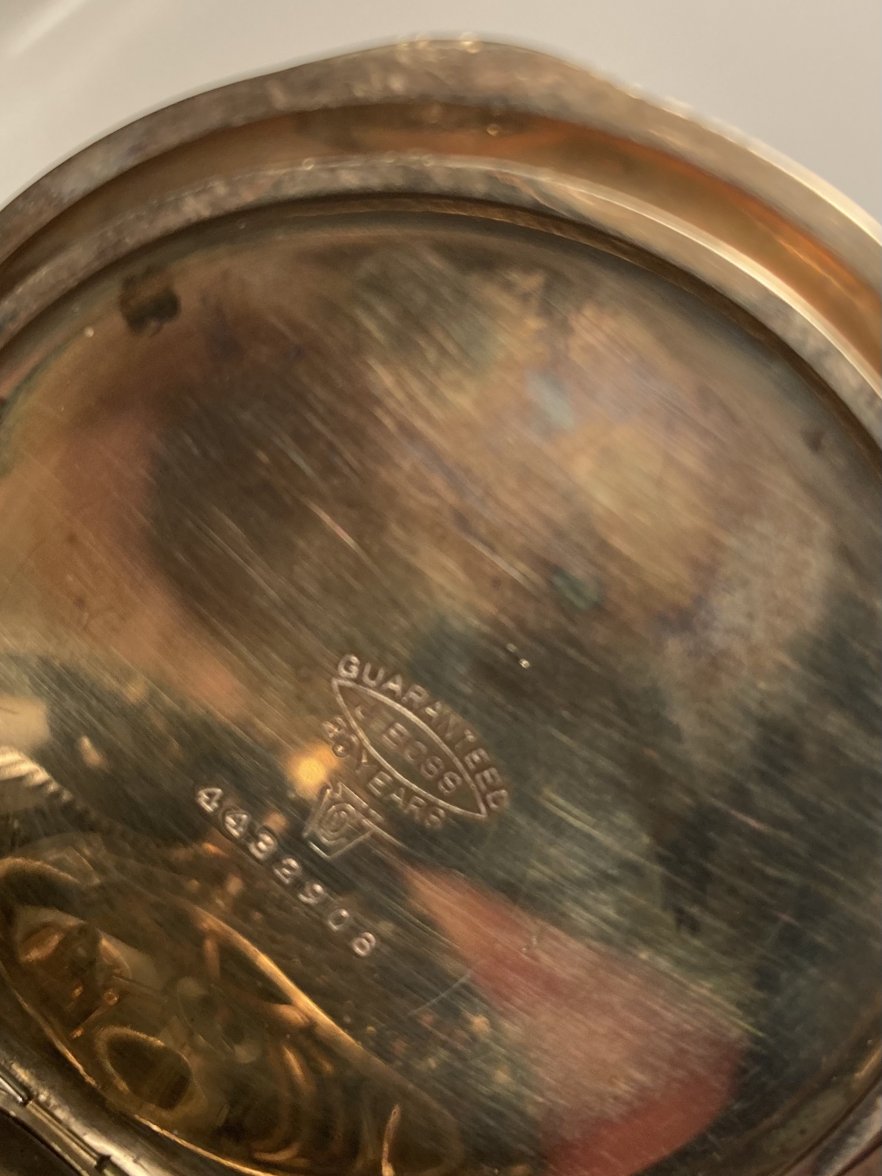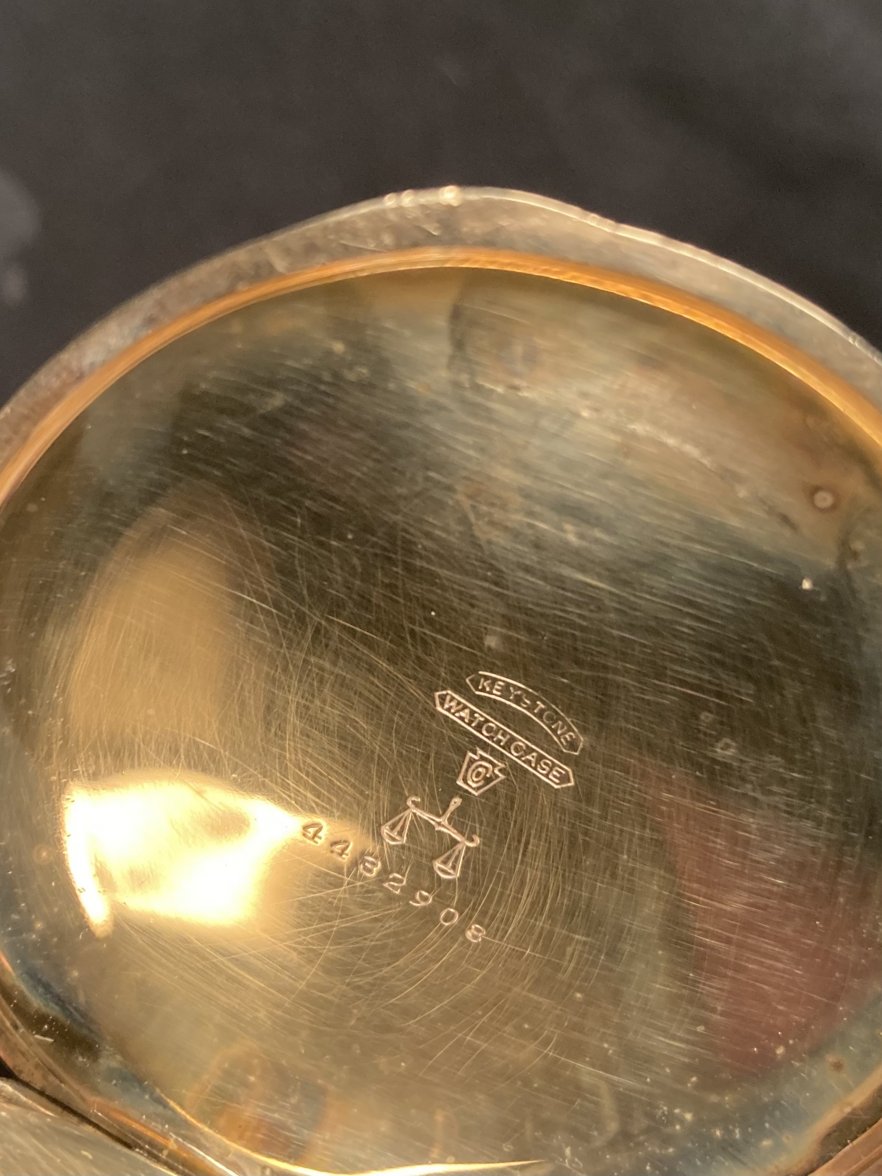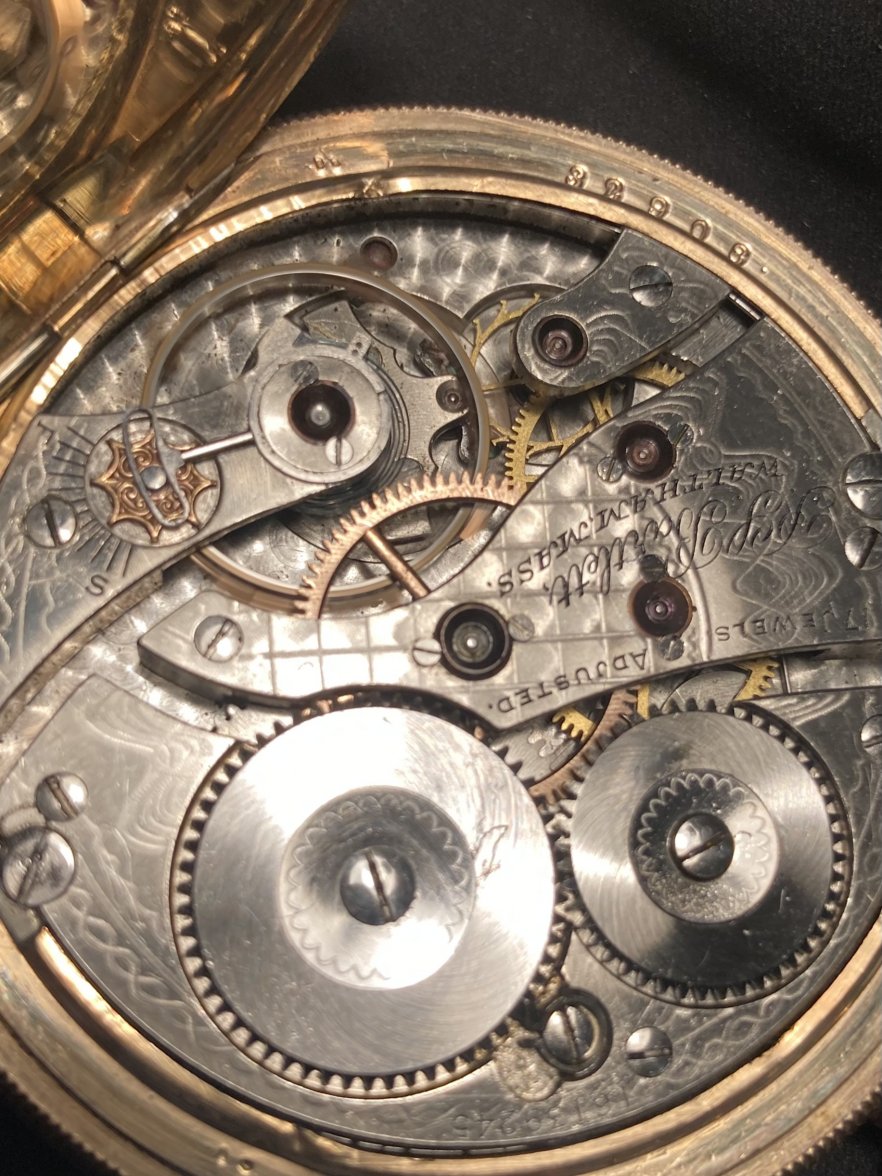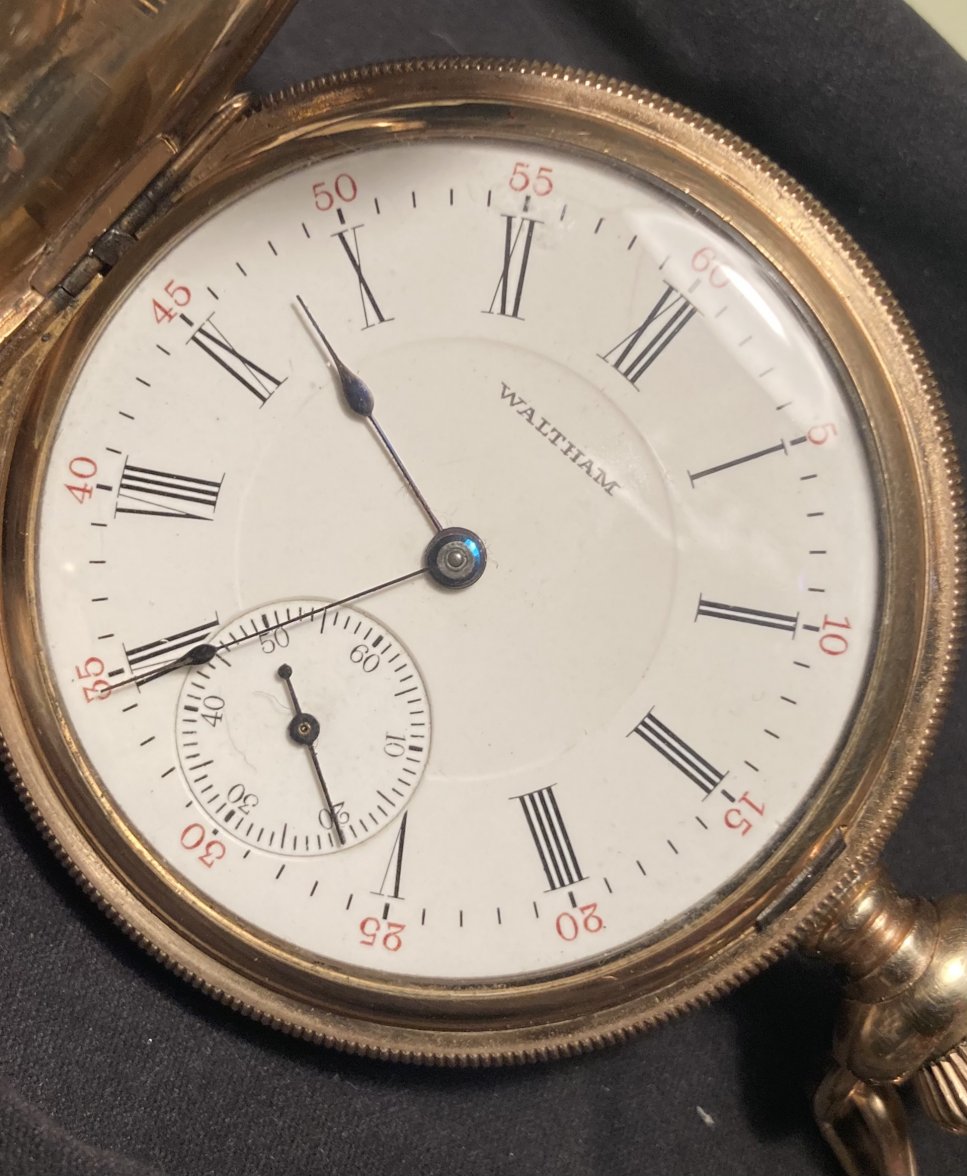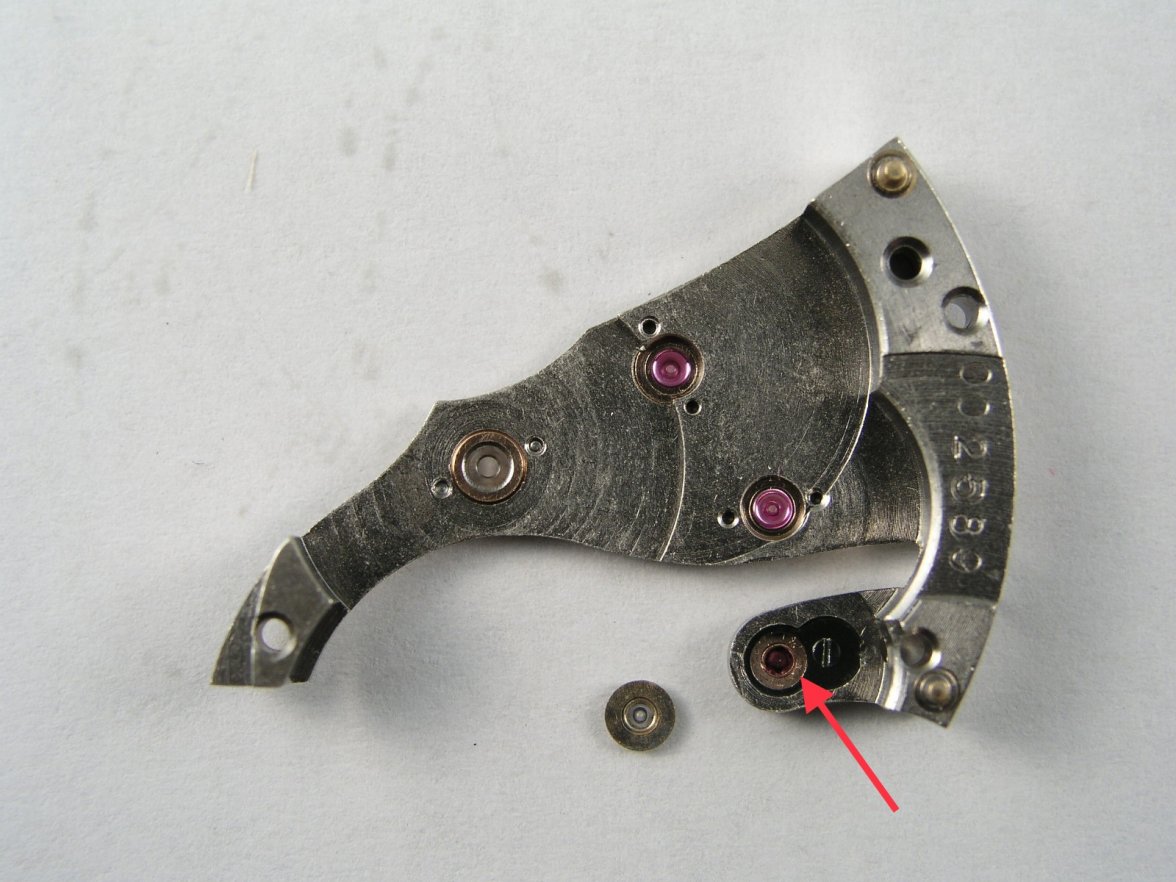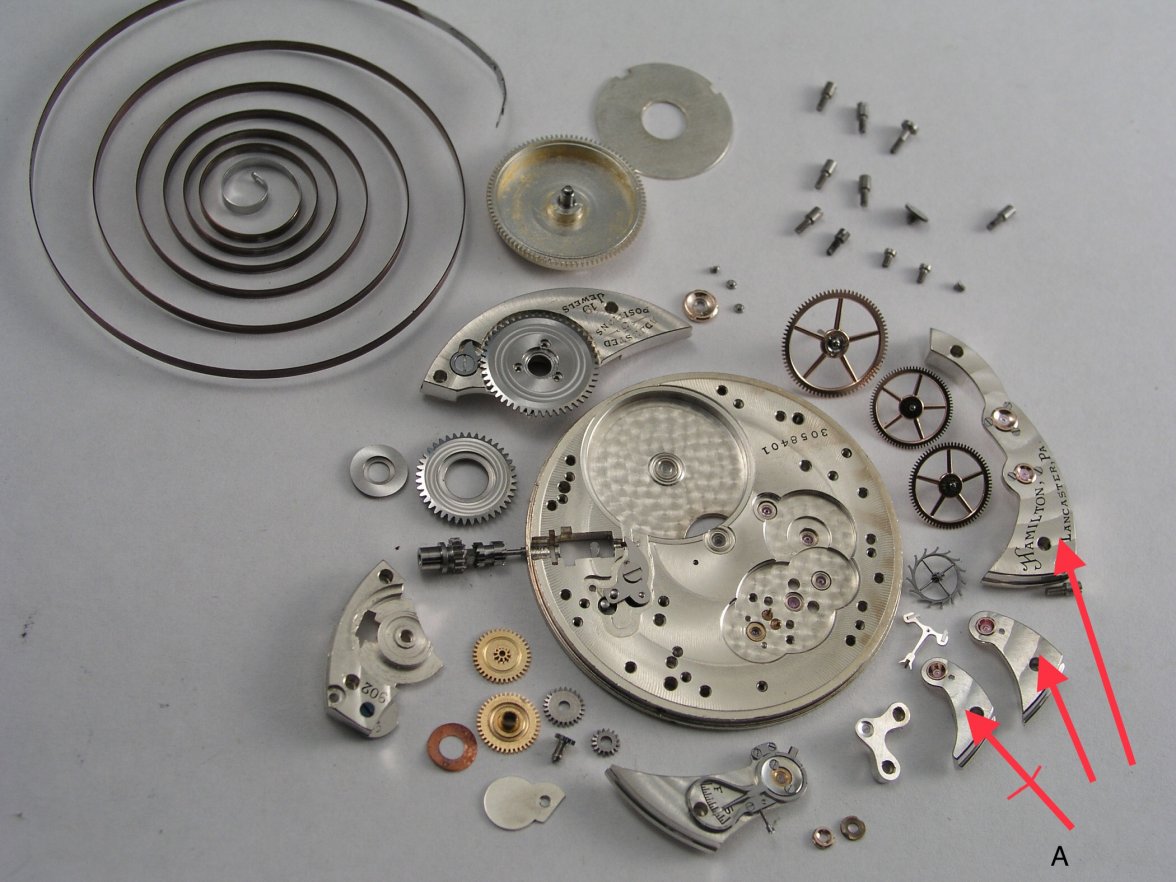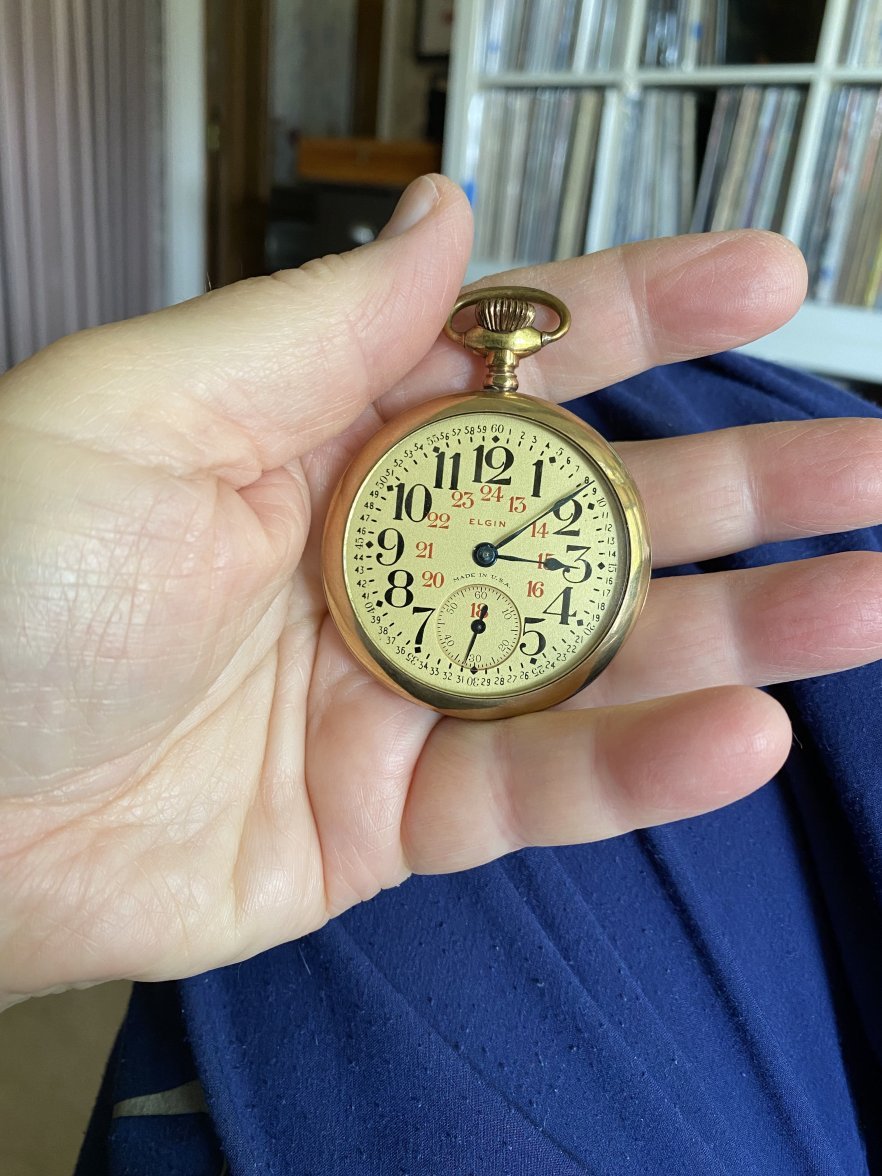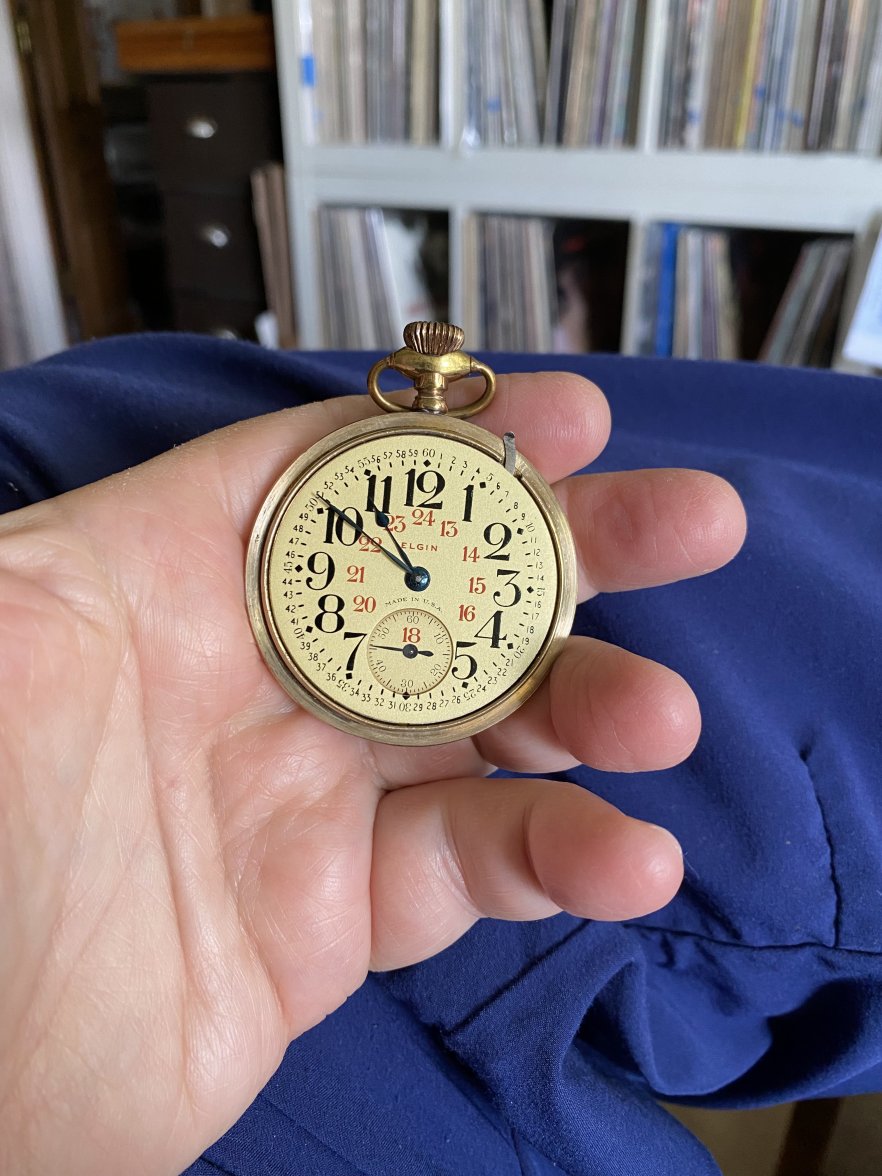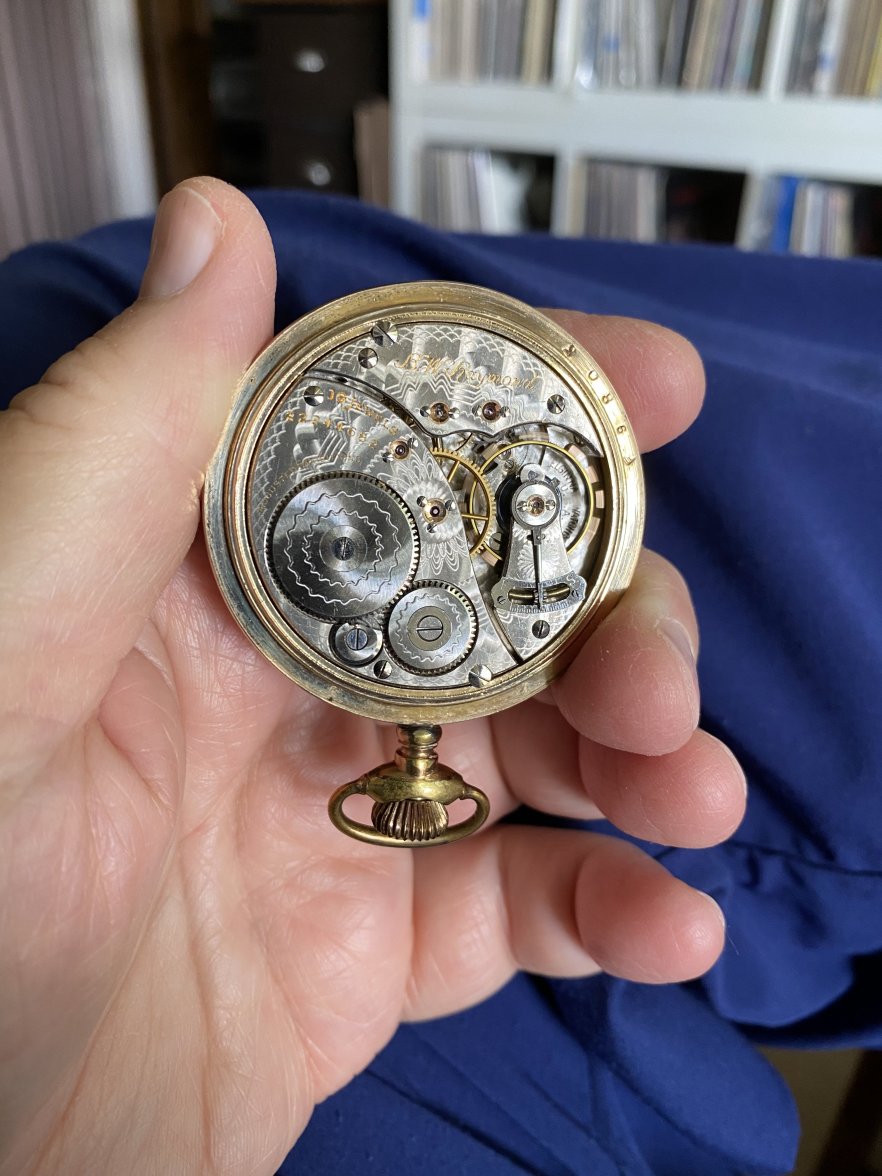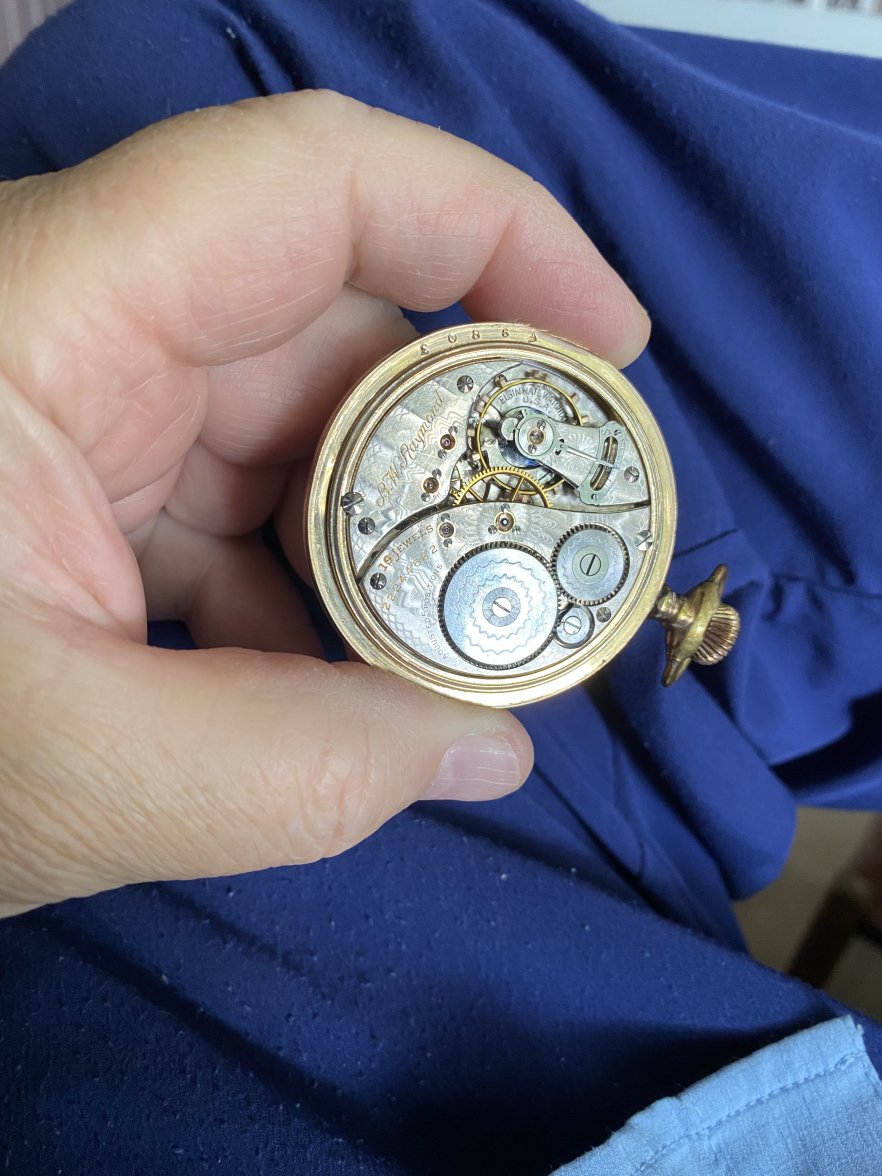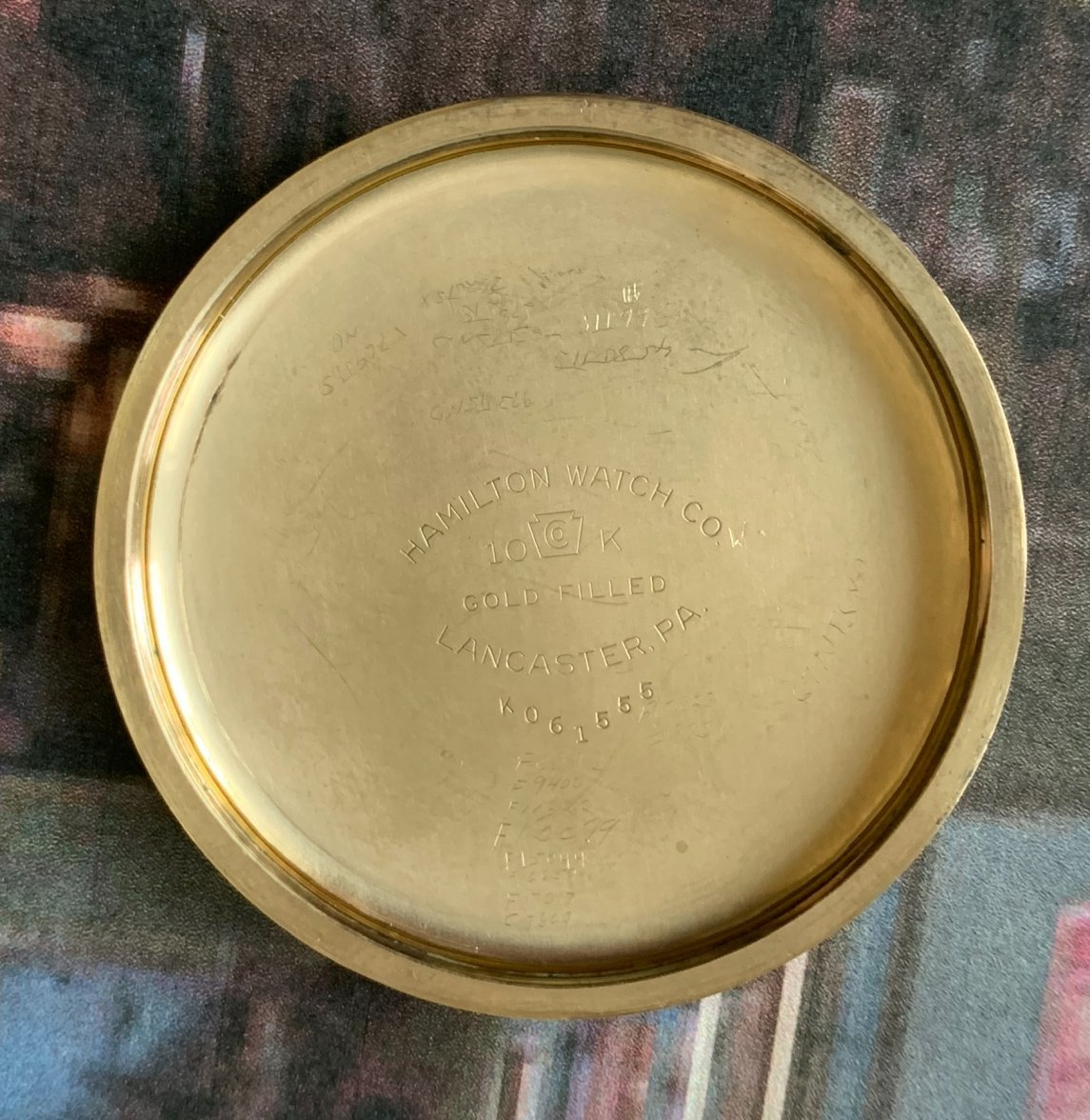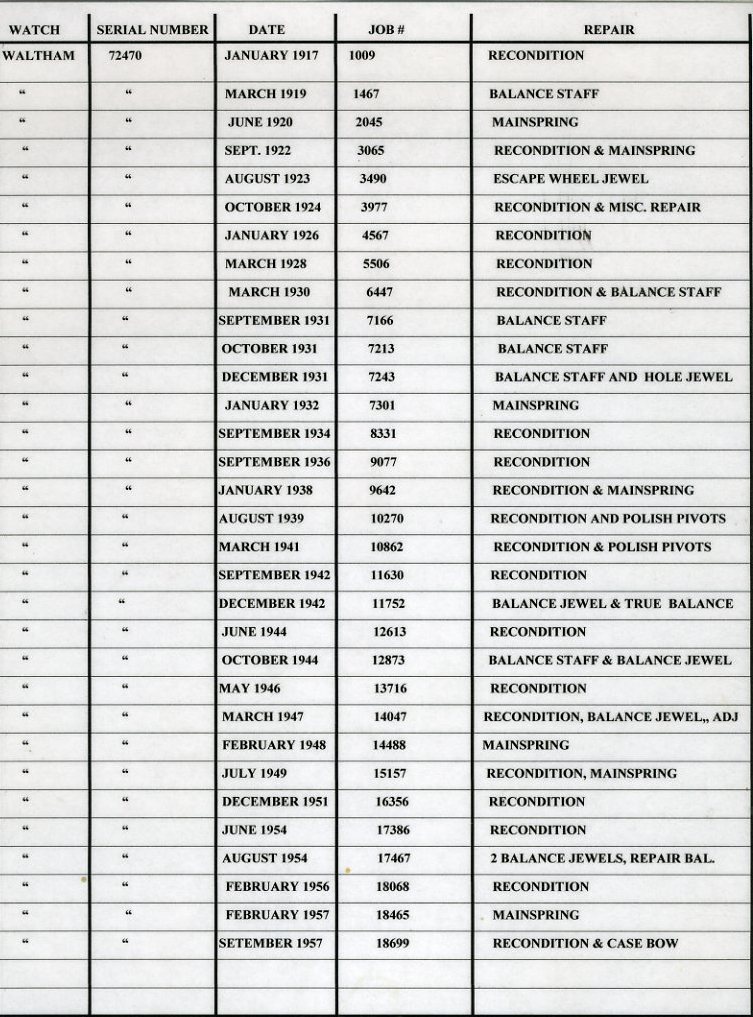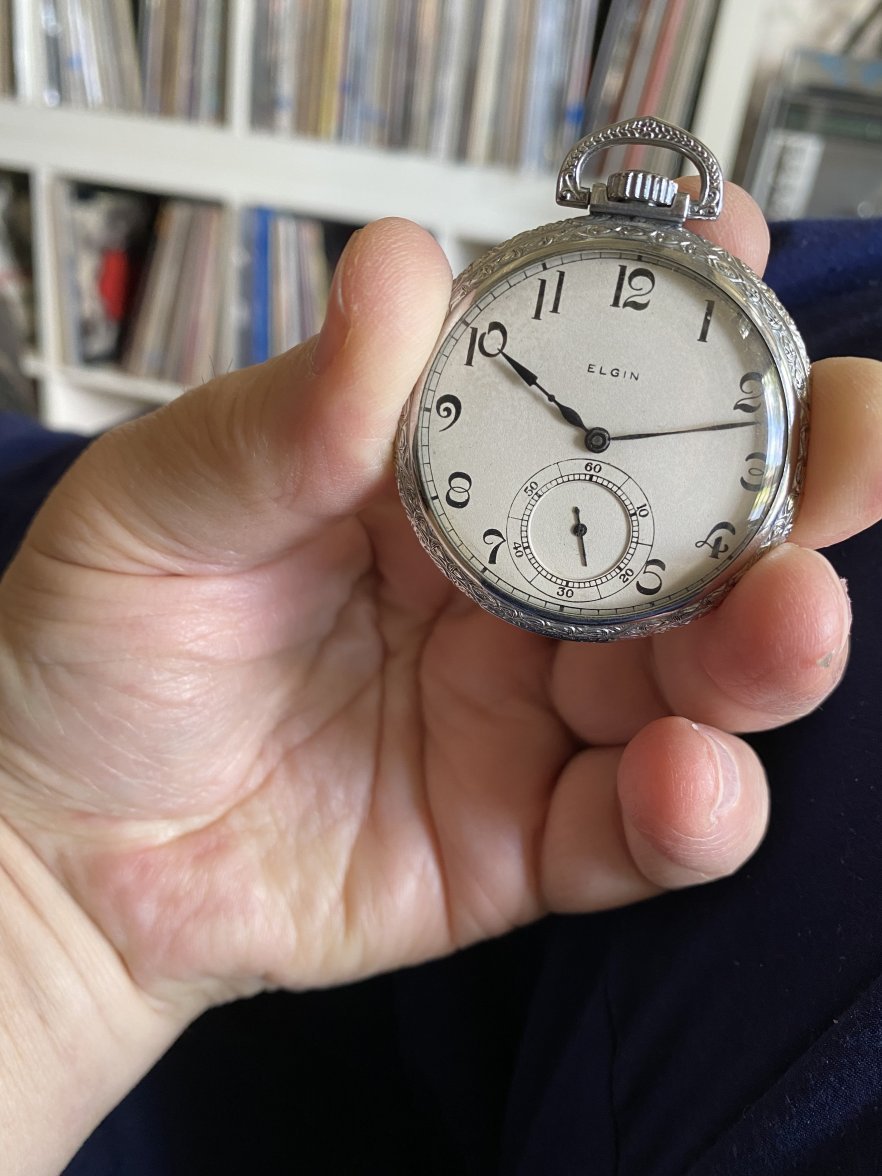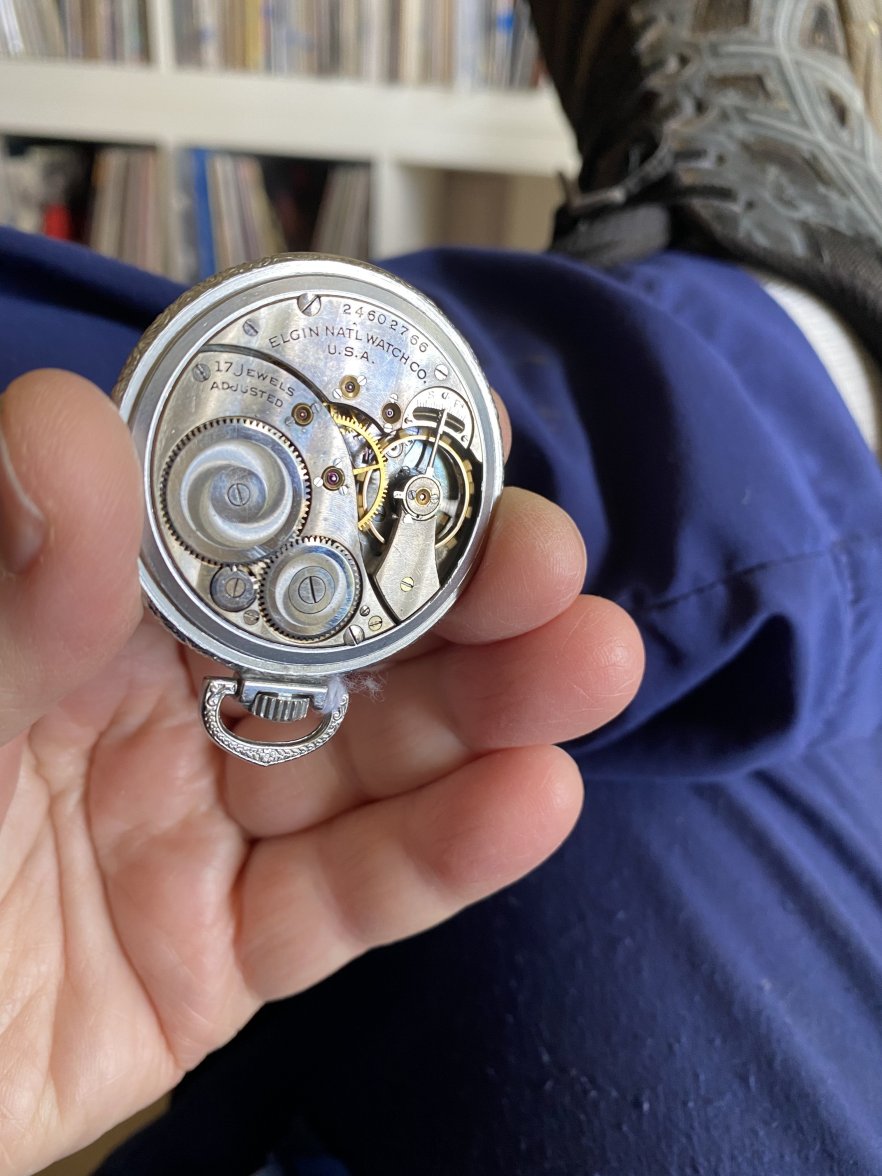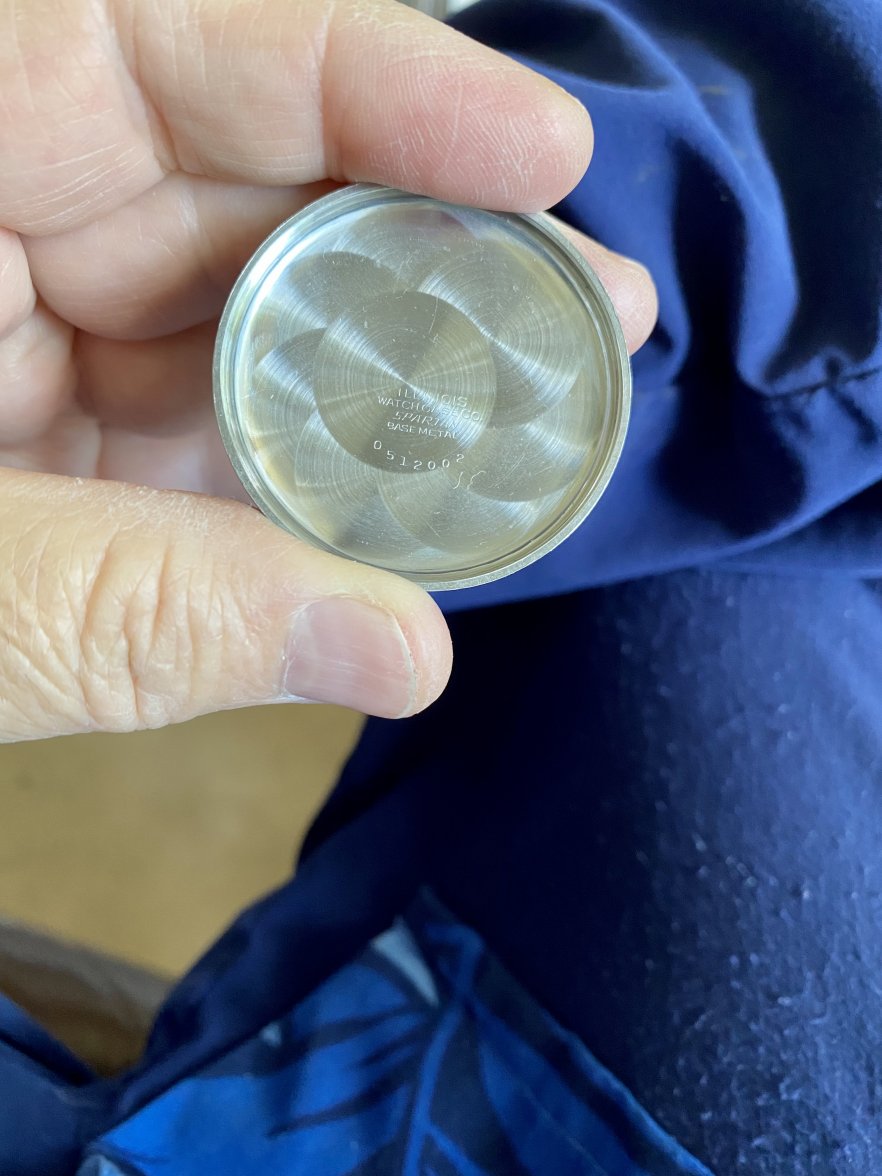Canuck
·A lot of the information given in the data I’ve posted for your two Walthams did come from information compiled by Waltham. But some of the information has been gleaned from the Waltham records by avid collectors and others who have analyzed factory records. This is true with most of the records from most of the American watch factories. As to the matching numbers on the components of the 14-karat case..........case makers did the same with gold filled, sterling, and base metal cases. In fact, if you were to see your two Walthams dismantled, you would the the movement serial number stamped into all the plates and bridges (but not the wheels and internal parts). This was all done to keep these parts together during the manufacturing process. It may take weeks, or even months, from the time a particular movement was started, until it was finished. These parts had to stay together during the process. Aren’t pocket watches interesting?
